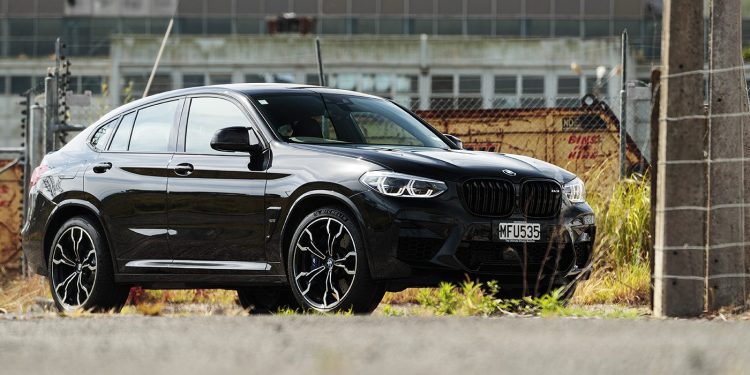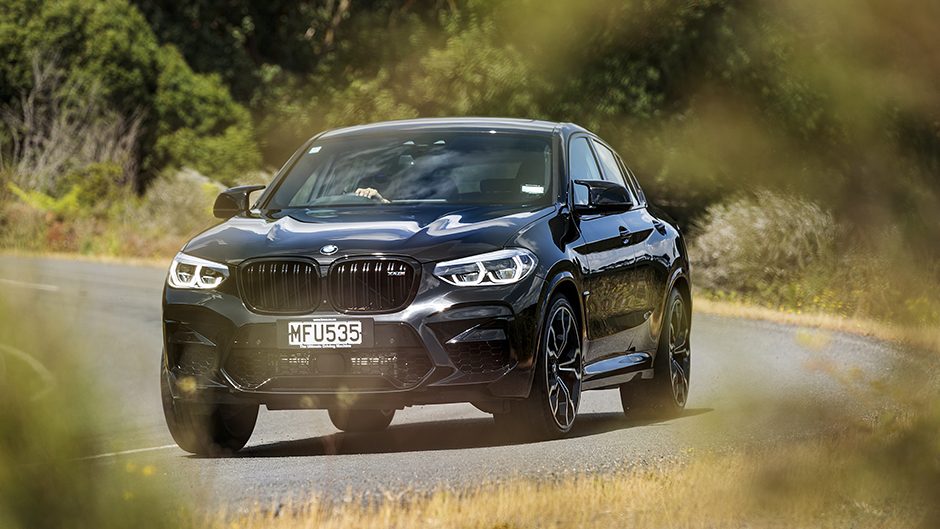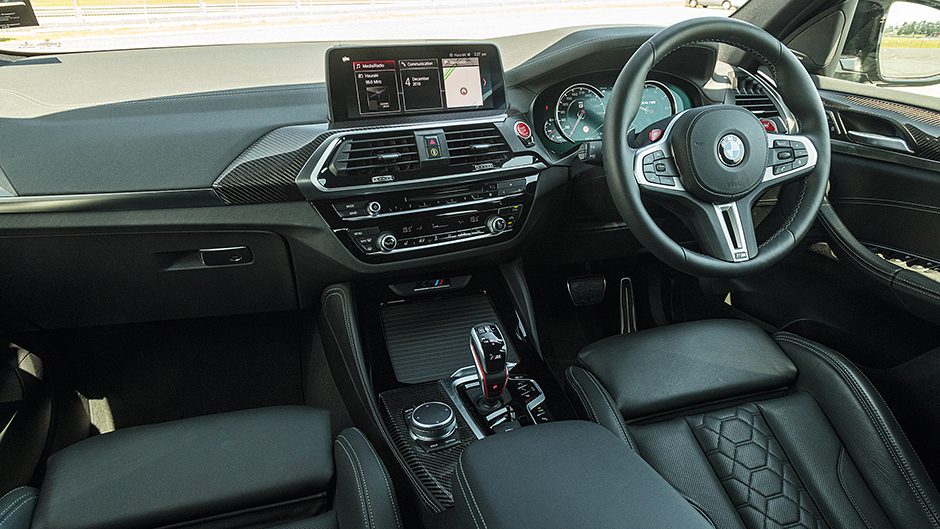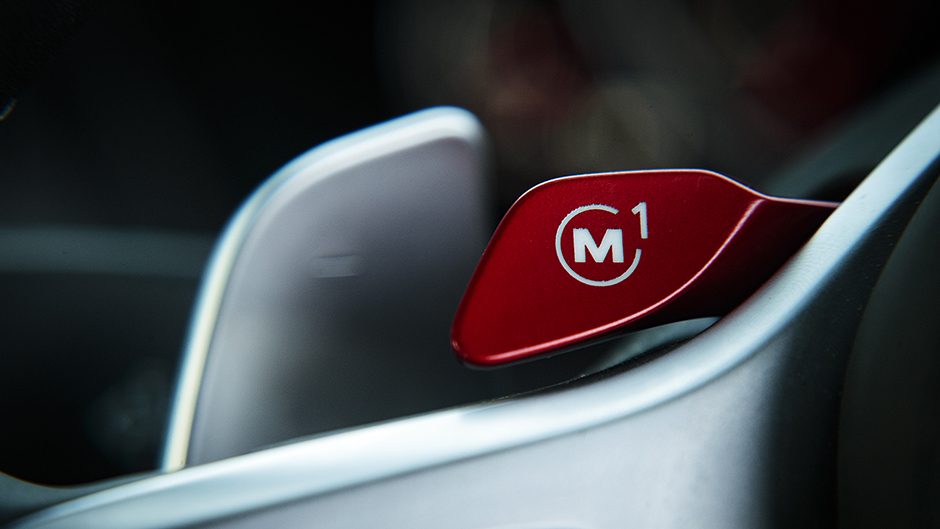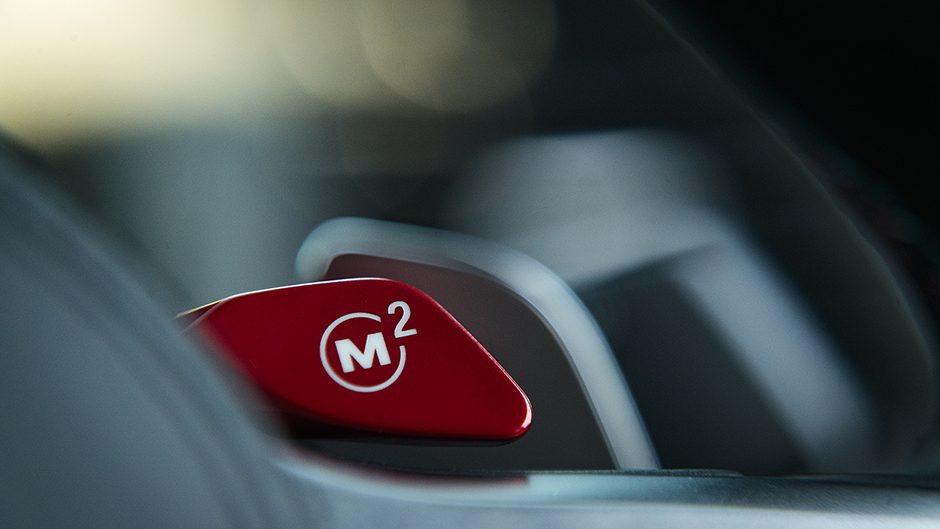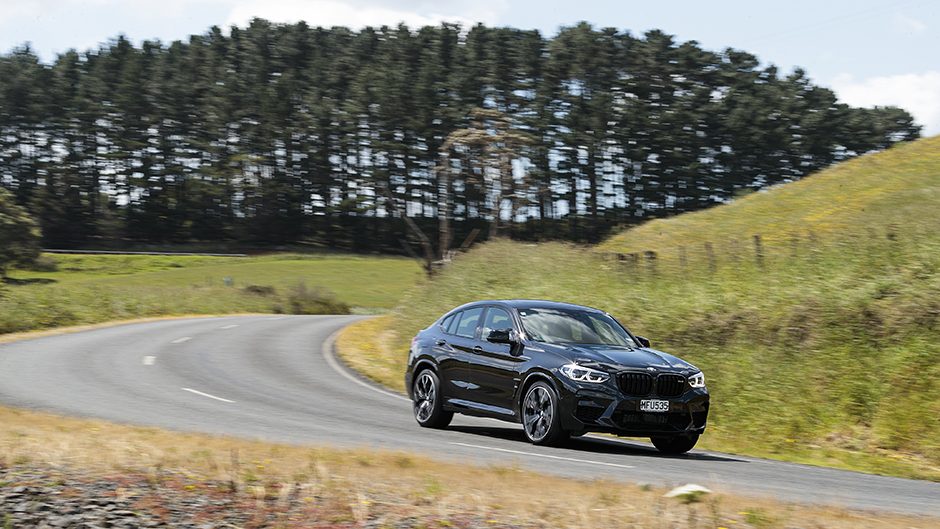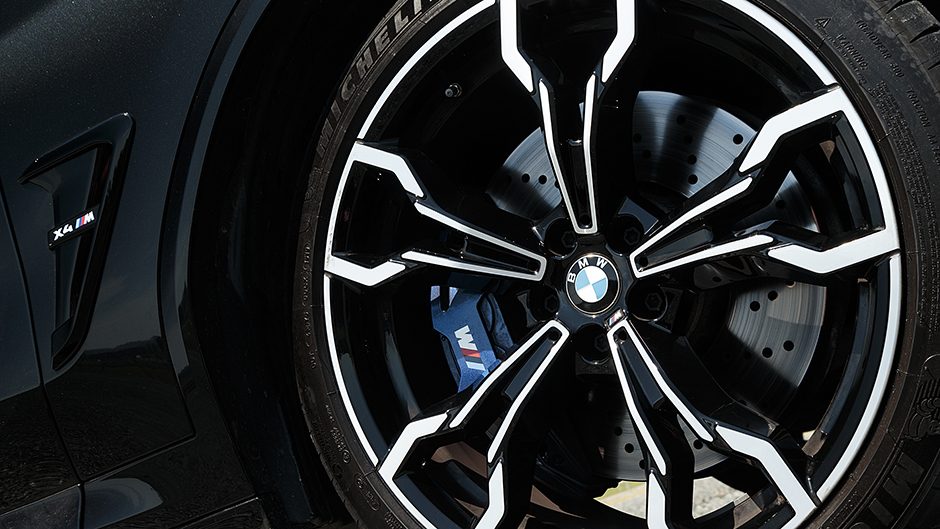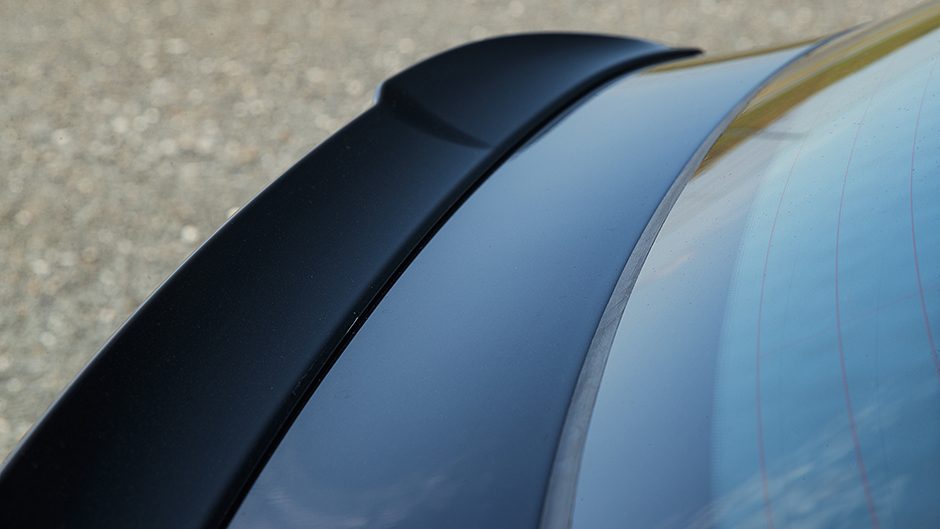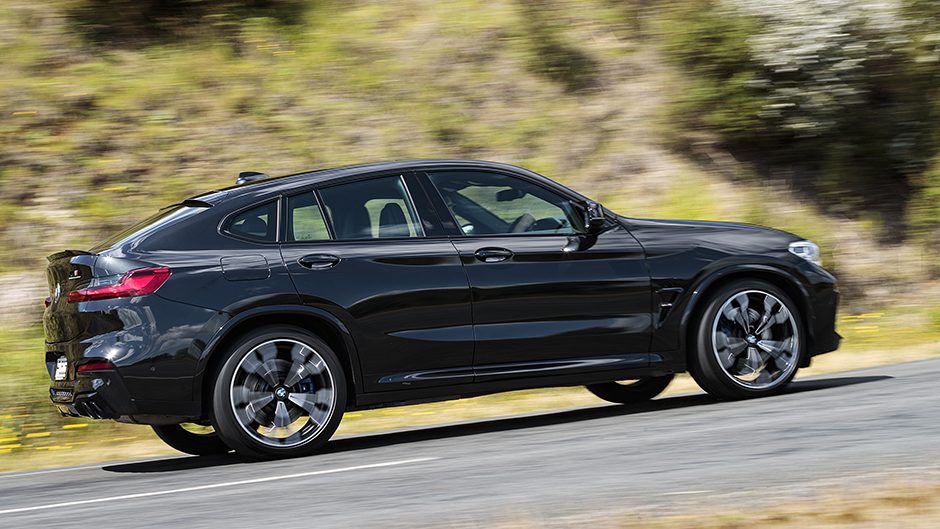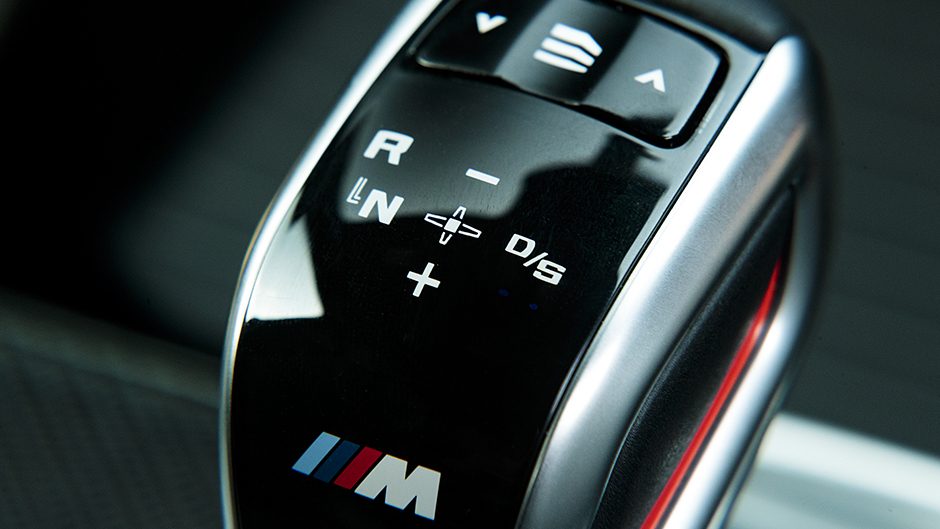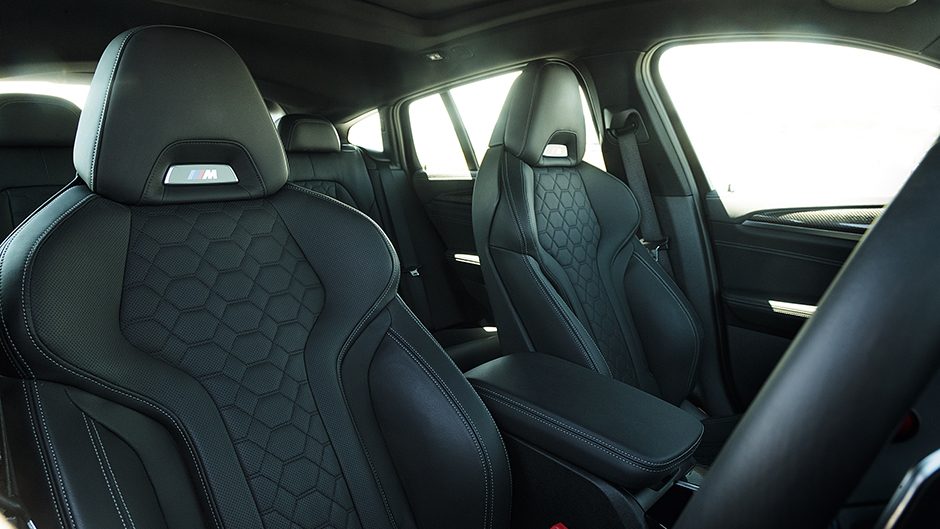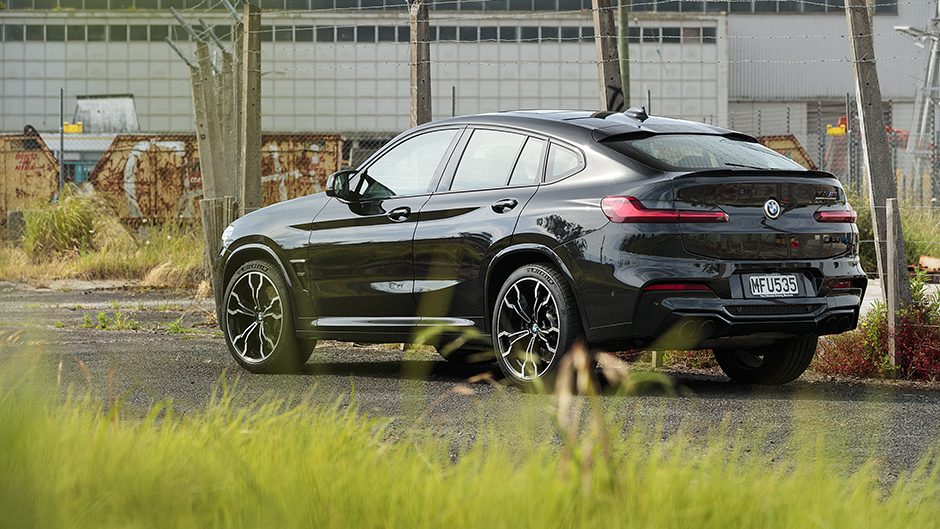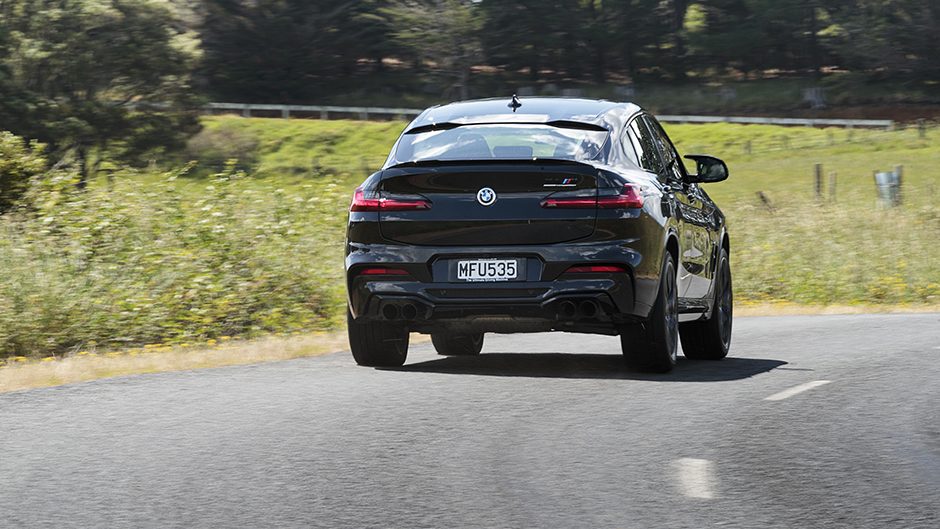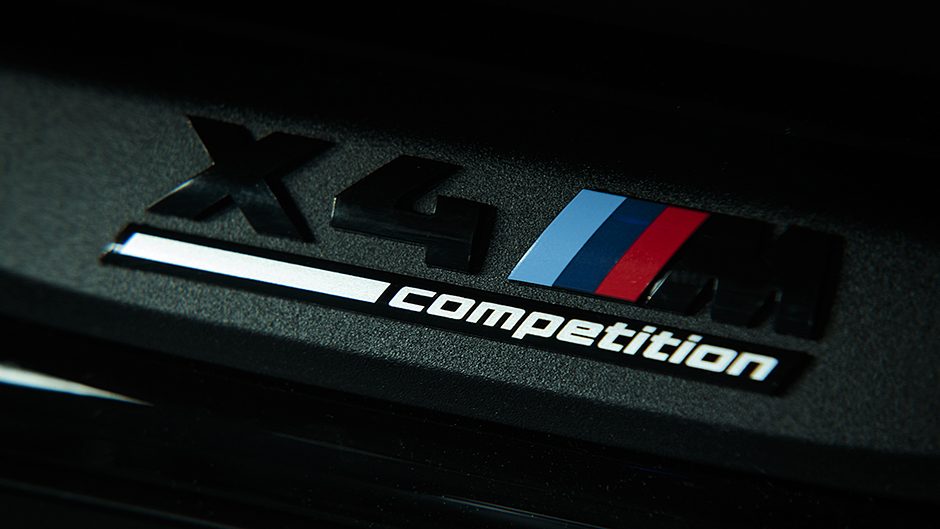2019 BMW X4 M Competition review
Words Peter Louisson | Photos Tom Gasnier
The X4 M muscles into the super SUV fold with a boosted six-cylinder and a tricky AWD system that sees it power around the corners as fast as it aces the straights. But is it something that stirs the soul?
BMW’s M portfolio continues to expand, the latest newbies being the X3 and X4 twins. And these are all full-blown M machines, not mere M Performance wannabes. As you can tell by that slinky roofline, we’ve got the X4 M here, in Competition trim. This may be an SUV, but you can sense immediately that M has been hard at work.
There’s the engine note for starters; the twice blown 3.0-litre six awakens with a flurry and settles into a signature raspy, metallic idle. It develops 353kW, or 375kW in this Competition version, aided by 600Nm. Along with the usual M spec engine hardware, part of the cylinder head has been manufactured using 3D printing, forming a unique structure to optimise the flow of coolant and reduce weight.
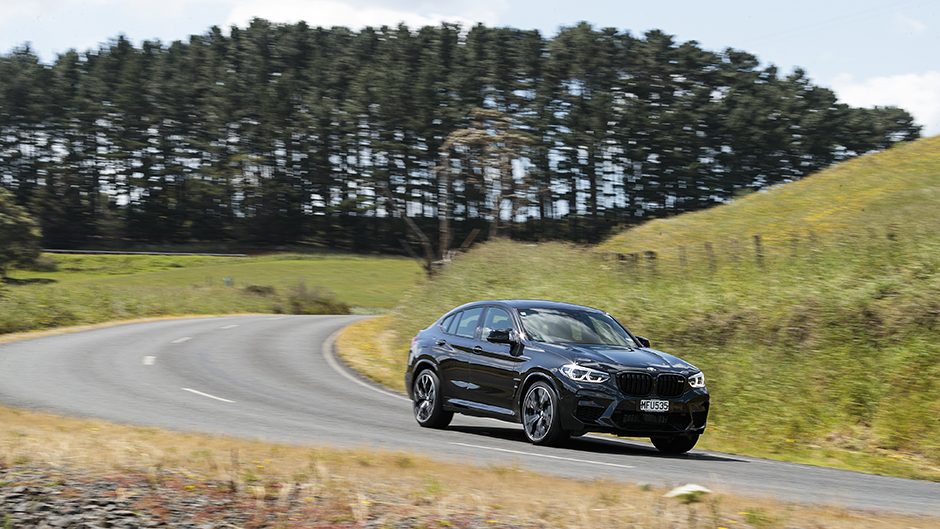
The turbos have new compressors, there’s a revised injector system and the cooling system is ‘motorsport grade’. Its gear lever is topped with the Drivelogic toggle switch to amp the force of the shifts, and it has an unusual movement to engage Drive. Directly to the right of it you see the set-up buttons, with three modes (Comfort/efficient, Sport and Sport plus) for each of steering, engine and adaptive suspension. There’s an exhaust button to hush the free-flowing pipes, and two M mode switches on the wheel, which allow you to quickly access your saved drive preferences when things get real.
We wasted little time pointing this toward our favourite roads. And if you’re wondering, the Competition version gets more power and also additional specification and styling over the standard.
Anyway, it wasn’t long before we were prodding those set-up buttons. Sport mode for the suspenders calms body movements which tend a bit wayward in Comfort as this accumulates speed. The Sport plus mode brings further control, the roll really reigned in, but it also stiffens the ride. While this jostles about over the rough bits, it’s not bumped off line. There’s still enough travel to sort the big bumps, and less of an urge to buck up on rebound.
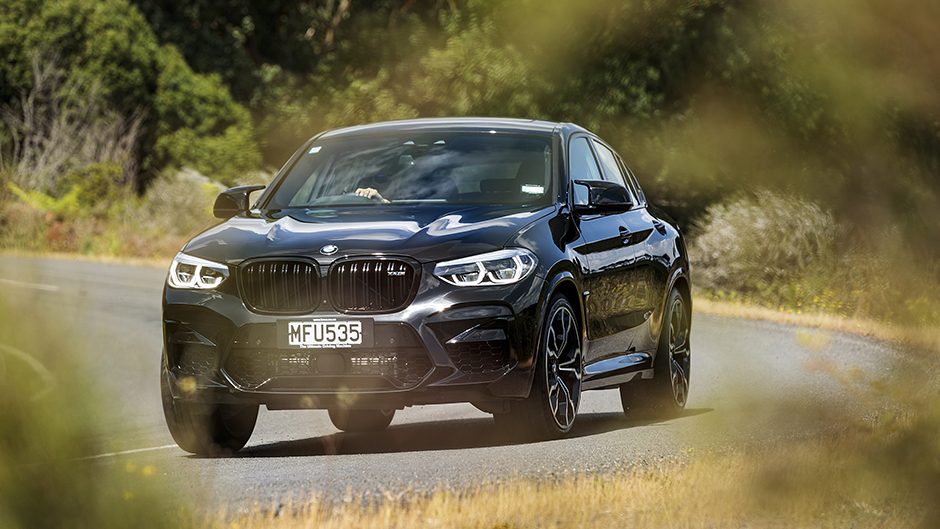
We decided it was better to feel the bumps and suppress the pitching and warping, so kept on trucking in the SP mode. These X M machines are quirky like that; it’s not something you’d do in an M car on road, saving the Plus settings strictly for the track. The intermediate Sport mode for the steering we liked most, with enough resistance to negotiate the bends without the heft of Sport plus. This is not the liveliest helm you’ll experience in a sports SUV, but it ticks the accuracy and immediacy boxes; the X4 M doesn’t lag on the turn.
We moved the DSC into Sport mode too, removing any electronic interference and switching the driveline to a more rearward bias. The M’d Xs all benefit from an active torque vectoring diff, letting them munch around the bends in a way that something so big, heavy and tall shouldn’t. The one thing you have to get right is the corner entry. A brush of the brake pedal settles the fast moving mass, the gentle weight transfer helping the front tyres bite better for the turn in.
Hook in too hot and you’ll be busy managing the push. But get it right and you can use the throttle and that torque splitting diff to send it around the curve. You feel it clawing its way around the bend, the rear end pushing the snout around nicely to have it squirting out under full power. It’s what makes these things quicker than you give them credit for on twisting roads. And the diff also works on the overrun, so if you decide to chicken out and lift off, the X4 M remains stable, tracking its cornering arc dutifully.
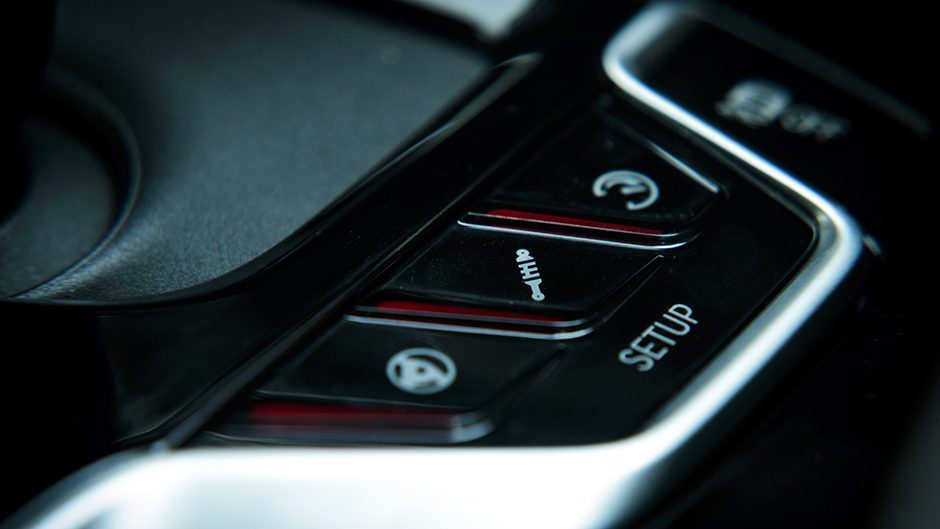
With big Pilot Sports on guard at each corner, this grips as well as it goes, and with the response of the active torque transfer, you have AWD traction when you punch it harder off the slower turns. Despite having mass in all the wrong places, this is well balanced and you’re not having to manage big mass movements. Though come the time to haul it all in, this feels every bit of its 2000kg.
The six might be boosted, but it retains a peaky nature of old M cars when you work it. The boost perks the torque curve up around the 2500rpm mark and it’s singing by 3000rpm, but the best response comes past 4000rpm. And so you tend to take to the shifter paddles (which we thought were a tad small) to ensure it’s working in its best range. You can leave the box in its D/S mode, but the engine encourages interaction, and with the swap speed dialed up to max, this shifts quickly on command. Though there’s an optimistic 7200rpm redline, it’s best to shift up around 6500rpm.
The brakes get a thorough workout arresting the velocity but are also beavering away seamlessly to maintain stability with concentrated inputs at each corner. They withstand some punishment, and have a good feel. While you can balance the X4 nicely under their influence, eventually they start to go soft. As for straight line mumbo, the Competition is said to hit 100km/h in 4.1sec, which it does, consistently.
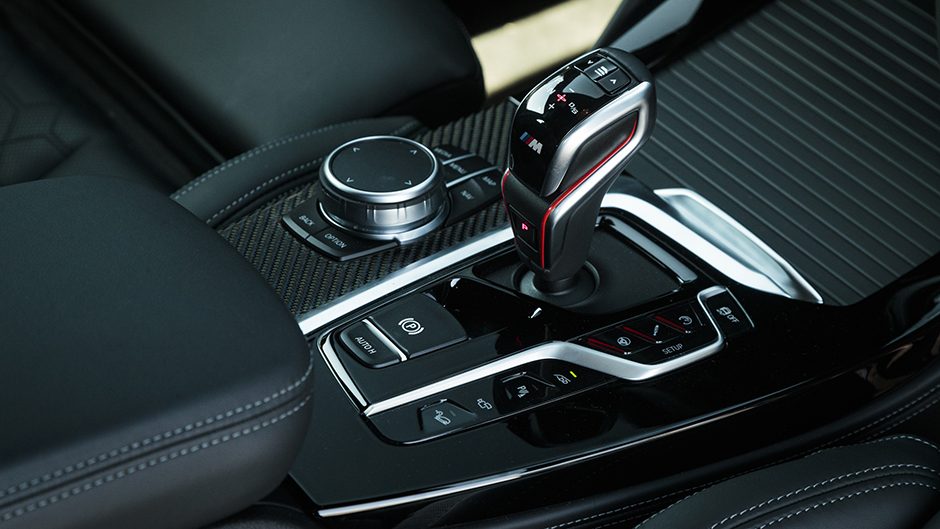
You may look upon this as a soulless, techno terror, and it is to a degree but it’s hard not to marvel at these AWD super SUVs. They cut across challenging terrain quick smart, and in a controlled manner, even when going (a bit) quicker than you should. And then when the hoonery is done, you can slip back into Comfort everything mode. It’s not the plushest sports SUV you’ll encounter as stiffened, M-specific suspension hardware and oversized 21s expose the dents in the highway but road noise isn’t overdone.
And with a quick extension of your right foot, the auto smoothly chops down to whip the six into overtaking mode, those pesky 90km/h dawdlers easily accounted for. This is a machine that likes to get along, so best use the adaptive cruise to keep speed legal. While the Comfort mode gives this a layer of civility at urban speeds, especially the drivetrain, the ride is still sporting. The steering is light though, and the turning circle acceptable, though the rear LSD does bind on full lock turns.
The cabin gains a few M items, the seats being one. These are fairly aggressive, with adjustable bolstering. Larger types might find them a tad restrictive even with bolsters fully relaxed. They are firm too, though have a decent range of (powered) adjustment, as does the column (manual). There’s a big head-up display, which has an M mode showing a strip tacho and shift lights while the main dials relay a range of data, including consumption. The claim is 10.6L/100km, though the long term average was sitting at 14, and we peaked around 20 in full M mode.
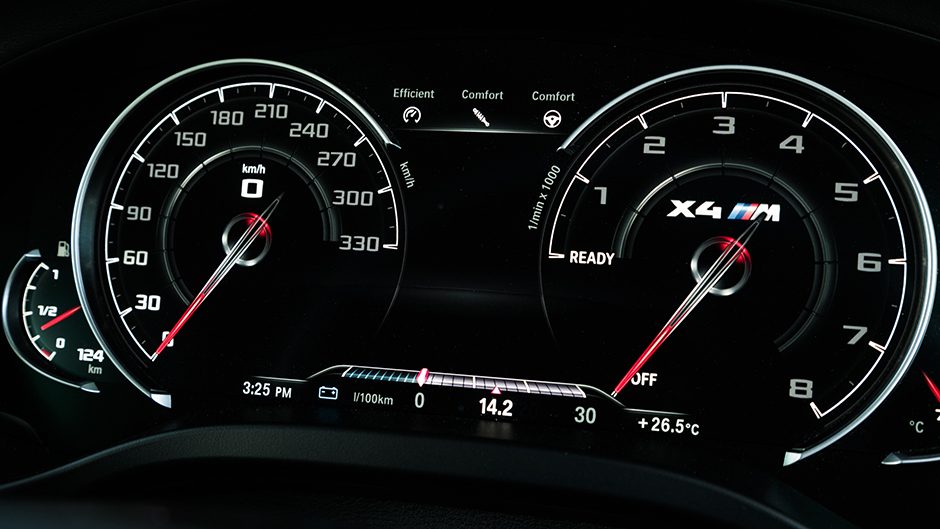
The X4 has been reprofiled in its new guise; it’s longer and the rear quarters are more hospitable. You can almost get in without having to duck your head, and there’s more noggin clearance once seated, and decent leg room too. Like the front seats, this one’s firm under the buns. It has a proper three-seater bench but bags not being in the middle.
The boot is well shaped, and rated at 525L but ultimate load space is compromised by the rake of the tailgate. Load hauling is enhanced by lowering the rear seats, which fall flat(tish) on command and you’ve then got 1430L, though less than the more conventional X3 at 1600L.
Primary competition includes the Macan, GLC 63 and F-Type SVR, but don’t forget the Stelvio QF, which probably has the best personality of the lot, if you’re brave enough.
| Model | BMW X4 M Competition | Price | $183,600 |
| Engine | 2993cc, IL6, T/DI, 375kW/600Nm | Drivetrain | 8-Speed auto, AWD |
| Fuel Use | 10.6L/100km | C02 Output | 244g/km |
| 0-100km/h | 4.10 sec | Weight | 1991kg |


